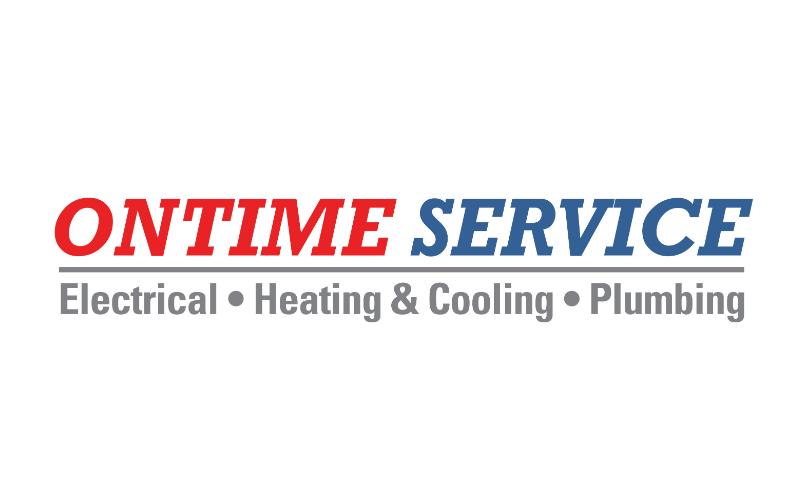Heating and cooling systems keep us comfortable, but at what cost? HVAC systems are by far the biggest energy consumer in your home, accounting for roughly 50% of the year’s total energy spending. That’s about $1,000 every year just for heating and cooling.
Saving energy is not only good for your wallet, it’s good for the environment as well. And one of the best ways to save energy at home is by increasing insulation levels.
Insulation helps save energy year round by slowing down heat transference. In the summer, insulation keeps the sun’s heat from infiltrating your attic, walls, and home. In the winter, insulation slows down the transfer of heat from inside to outside. It can also help prevent pests and ice dams.
Home Insulation Options
There is a difference between form and matter. For instance, you can have the same insulation material (fiberglass) in more than one form (batts, blankets, spray, etc.).
In order to understand the different types of insulation, it’s important to understand this distinction.
Common insulation forms:
Blanket (batt and roll)
Foam board
Loose-fill (blown-in)
Spray foam
Insulating concrete blocks (new construction)
Common insulation materials:
Fiberglass
Mineral wool
Cellulose
Natural fibers
Polystyrene
Polyisocyanurate
Polyurethane
Vermiculite and perlite
Urea-formaldehyde foam
Cementitious foam
Phenolic foam
Insulation facings
Where to add insulation
The main place you want to focus on when making insulation improvements is your attic. It is the most exposed to the sun’s rays and has many areas that are prone to air leaks.
Source: Energy Star
Other areas where you should insulate include:
Attic hatch/door
Floors above unheated spaces
Band joists
Exterior-facing windows and doors
Air ducts
Exterior walls
Foundation
Basement
Crawlspace
Slab insulation
When adding insulation, there are many different options to choose from, but it’s good to know that you don’t need to use the same type of insulation that currently exists in your home. Consider hiring a professional to discuss your different options.
R-Value by Material
In the table below, you can see how much insulating R-value you get for one inch of thickness of varying insulation materials.
Source: Departmentof Energy
Common Attic Insulation Options
Loose-fill (blown-in) insulation
Batt insulation
Spray foam
Radiant barrier (reflective system)
DIY or Call a Pro?
There are plenty of air sealing and insulation projects that you can tackle without much effort, such as weatherstripping doors and windows, sealing air leaks with caulk and expandable foam spray, and insulating outlets and switches.
But while there are many smaller insulation projects you can tackle yourself, when making any significant insulation changes, always consult a professional HVAC company. Not only can you get valuable information, but too much insulation can actually mean you need to add more ventilation. Planning with a professional will prevent problems.
For more information on insulation, ventilation, and all things HVAC, contact OnTime Service, serving the Birmingham area since 1975.

